Your garden is a haven for wildlife. Not only are these creatures magnificent to see, but you can help them thrive by adding features such as trees, water, deadwood and plants they like to feast on.
In doing so, you’ll be able to enjoy the wildlife that decides to make your garden their home.
The next time you go outside for some fresh air, look out for the following creatures.
Wildlife to look out for in your garden
1. Hedgehogs
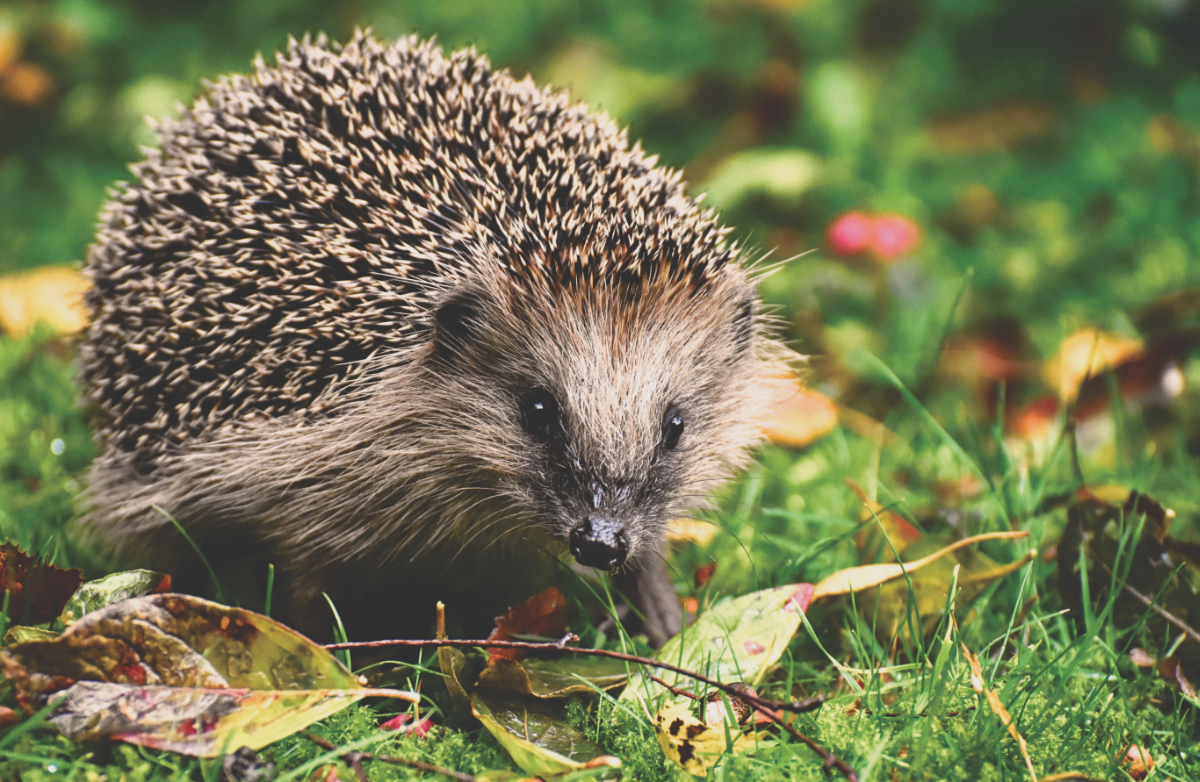
Hedgehogs are everyone’s favourite spikey critter. Sadly, their numbers have dwindled by around 50% since the start of the century, so why not add a hedgehog house to your garden to help keep them safe. Mini houses are an excellent way to provide them with the shelter and food they need to survive and encourages them to stick around throughout spring and summer.
You can build your own house using a pile of logs or get one that’s already made with recycled materials. Tuck it away in a bush or amongst planted flowers, and watch as your new friends enjoy their new home.
Hedgehogs like to eat slugs, snails and insects, so they’re highly beneficial for protecting plants and flowers, but you can also feed them non fish-based tinned cat and dog food.
Best time to find them: Hedgehogs come out of hibernation between March and May, depending on how warm it is, and return to hibernation around late December. They’re nocturnal, so you’re most likely to see them roaming around at night.
2. Butterflies
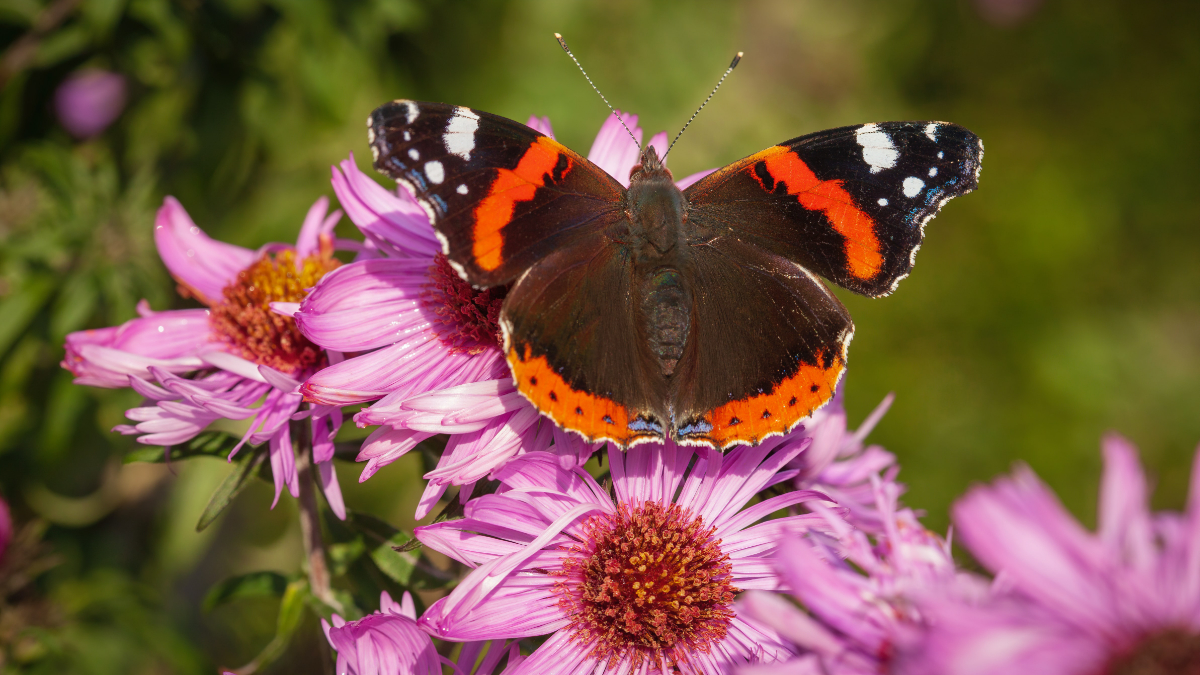
Butterflies are enchantingly beautiful. They’re a common sight during spring and summer, so it might surprise you to know that many butterfly species are in decline. That’s why we should do all we can to help their populations thrive.
Planting the right flowers entices butterflies into your garden. Adult butterflies feed on nectar, so a selection of both wild and garden flowers planted in a warm, sheltered spot of your garden will give them the fuel they need. Find out how to get growing for wildlife with the Wild About Gardens initiative by the RHS and The Wildlife Trusts.
Best time to find them: Butterflies come alive between March and October, giving you plenty of time to spot these wonderful creatures in your garden.
3. Wood mice
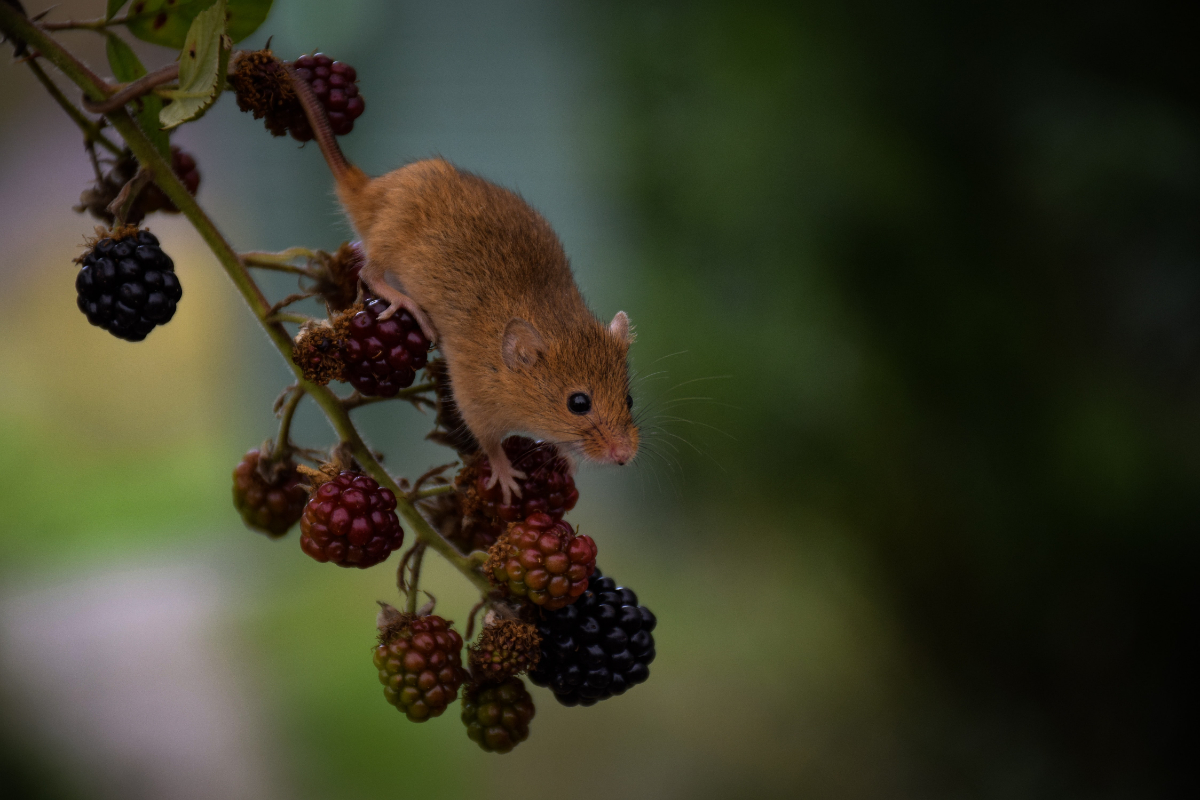
The tiny brown wood mouse is incredibly cute and charming, and is and one of the most common garden rodents. It has larger ears and eyes than the house mouse but is a similar size overall. The People’s Trust for Endangered Species estimates their population to be around 38 million. There are plenty of them around, but because they’re so small, they’re hard to see.
If you’re lucky enough to spot one in your garden, you’re likely to witness it gathering berries and seeds, which they store in underground burrows and old bird’s nests. They also spend a long time grooming themselves. Sit very quiet and still, and you might just spot one.
To make their life easier, sprinkle some seeds in a secluded spot of your garden for them to munch on.
Best time to find them: Breeding season’s between February and October, so expect to see more of them during this time. Wood mice are primarily nocturnal, so head out after dark to try to spot one.
4. House Sparrows
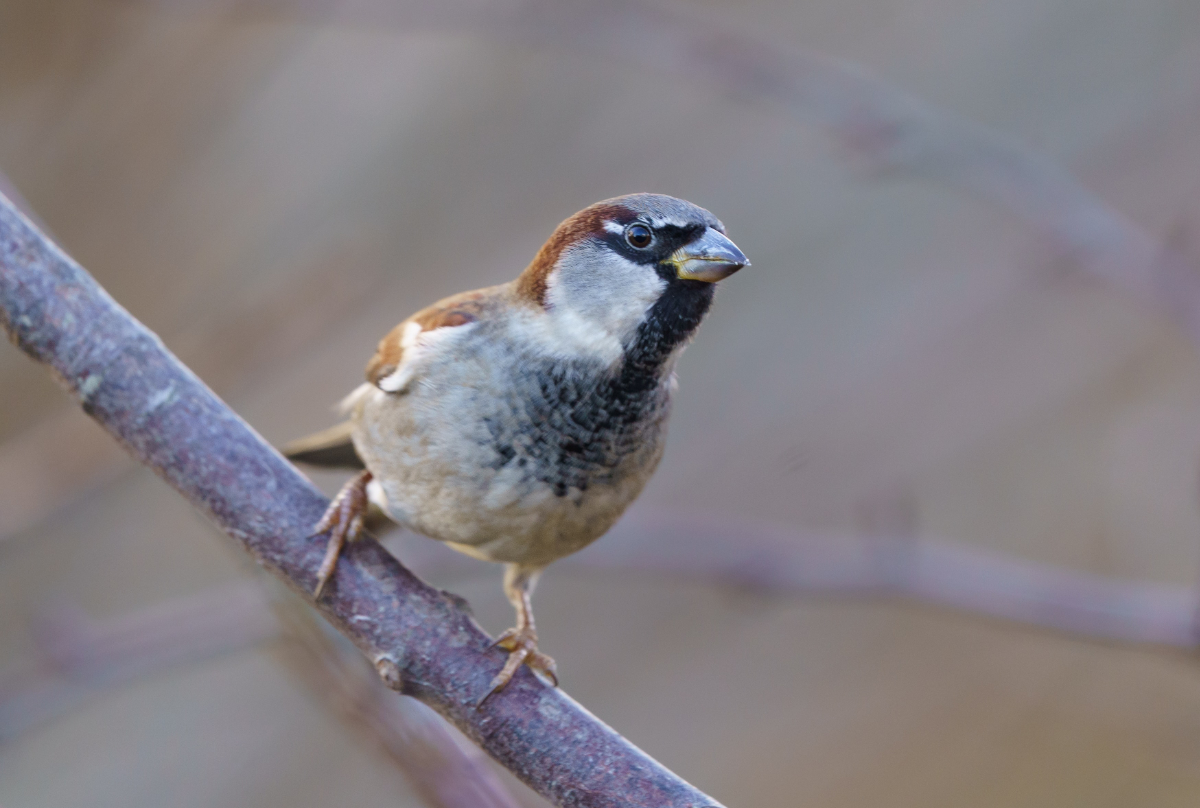
House sparrows were once one of the most common UK birds found in gardens. Today, they’re far rarer, making it a special moment when one flies into your outdoor space. Plus, bird watching is highly therapeutic and can help you make the most of the fresh air.
To attract house sparrows into your garden, stock up on a selection of peanuts and millets in your bird feeder. House sparrows have a signature smoky cap and rich brown plumage, making them easy to spot.
Best time to find them: House sparrows are most frequently seen around June. Hang a bird box on your fence to entice them in.
5. Frogs & Toads
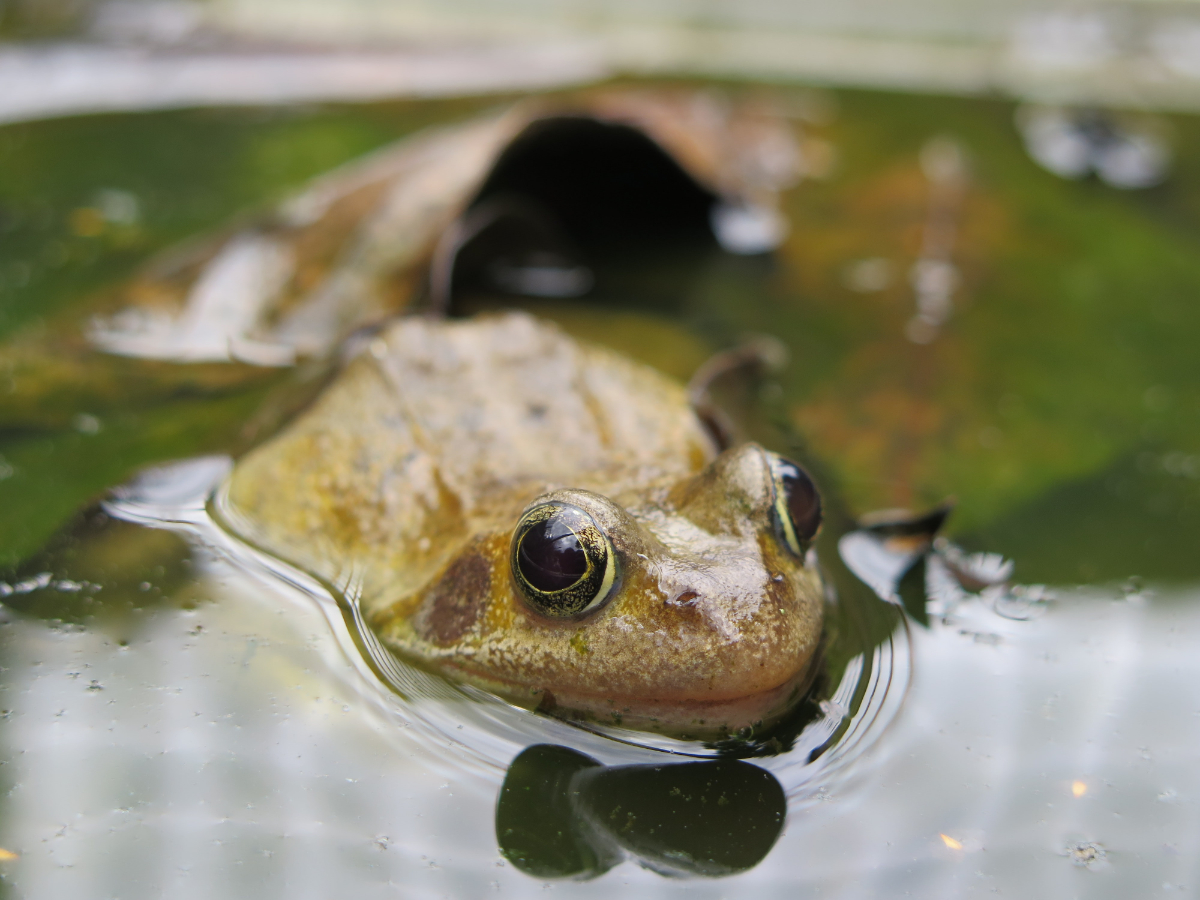
Britain is home to two native toads, two frogs and three newt species. Not only are they fantastically unique creatures, but they help keep the pest populations at bay.
To encourage frogs and toads into your garden, make a pond. When building one, make sure one side of the pond gradually slopes to dry land and fill it with a few logs and rocks where they can rest and breathe. Frogs and toads spend just as much time out of the water as they do in it.
Best time to find them: Spring is breeding time for frogs and toads, so they’ll start returning to gardens as soon as it starts to get warm. When autumn rolls around, they abandon ponds for compost heaps, log piles and rockeries to stay warm.
6. Badgers
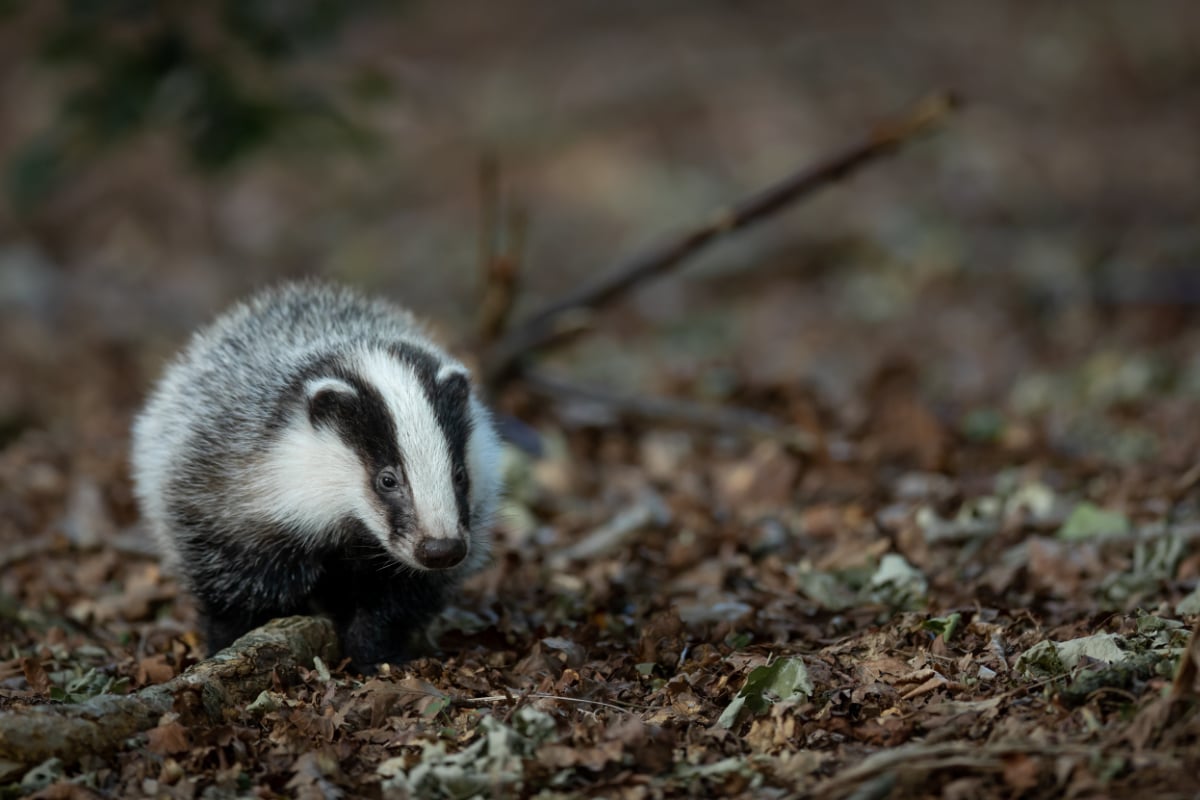
Badgers are among the less common garden roamers, but it’s extraordinary when they choose to visit. Badgers eat peanuts, raisins, soft fruits and bread soaked in water or covered with peanut butter. They also eat earthworms and insect larvae.
One thing to bear in mind is that badgers can be troublesome in gardens, as they have a tendency to rip up lawns and dig burrows, but letting them stop for an occasional visit is an excellent way to see these magnificent creatures close up.
Best time to find them: June and July are the best months to spot badgers. They don’t hibernate, but they’re far less active during winter.
Our top tips for protecting wildlife
To encourage your new friends to keep visiting your garden, try out some of these easy methods:
- Don’t tidy up your garden in the autumn, however tempting it may be. Uncut seed heads, leaves and plant stems are fuel and shelter for wildlife, so let your garden go natural for a while.
- Avoid using chemical pesticides on slugs and other pests. They’re a natural part of the food chain and can harm the frogs, toads and hedgehogs that eat them.
- Collect water naturally through buckets and water butts so that your resident critters have enough to drink throughout the year.
- If you suffer from greenfly and blackfly invasions, spray them with diluted household detergent or wash them off with a hose to protect the other bugs and insects.
The National Trust has plenty more tips on how you can build a wildlife-friendly garden, so be sure to check out their fantastic ideas.
If you manage to catch any snaps of your garden visitors, we’d love to see them. And if you can squeeze your Lazy Susan furniture in, even better!
For each picture we receive, we’ll donate money to charity. Simply send in your snaps to [email protected] or tag us on Instagram or Facebook @lazysusanfurniture.



